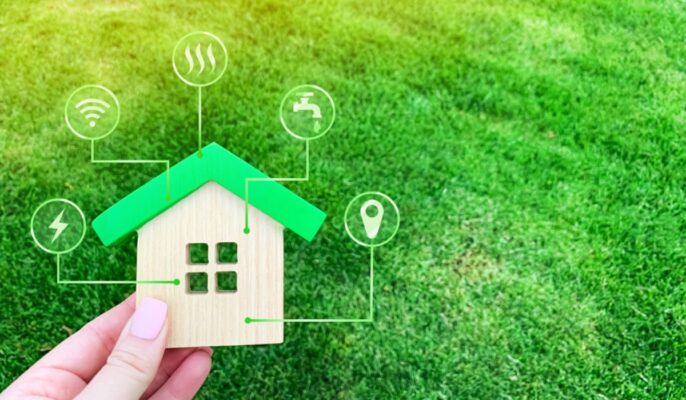
If you’re looking for practical ways to reduce your water usage and contribute to a more sustainable future, look no further. In “The Ultimate Guide to Reducing Water Usage with Eco-Friendly Appliances,” you’ll discover a treasure trove of tips and insights on how to make a positive impact on the environment. This comprehensive guide will walk you through the benefits of eco-friendly appliances, provide expert advice on selecting the right products, and offer simple yet effective strategies to decrease your water consumption. Get ready to embrace a greener lifestyle and start making a difference today.
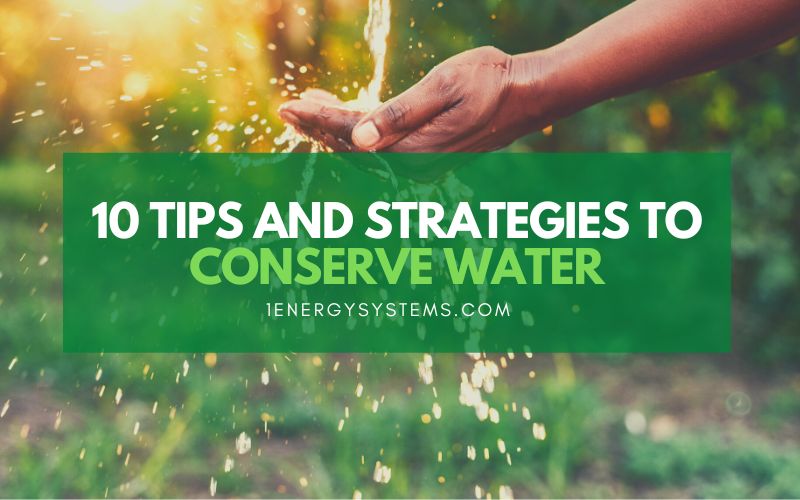
This image is property of www.1energysystems.com.
1. Understanding the Importance of Water Conservation
Water is a precious resource that is essential for all aspects of life. Unfortunately, the world is facing a global water crisis, with many regions experiencing water scarcity due to a combination of factors such as climate change, population growth, and inefficient water management. The growing demand for water coupled with its limited availability necessitates the urgent need for water conservation.
Excessive water usage contributes to the depletion of water sources and puts a strain on freshwater ecosystems. It also leads to increased energy usage and greenhouse gas emissions, as the process of treating and distributing water consumes a significant amount of energy. Additionally, excessive water usage can result in higher water bills for households and increase the overall cost of water supply and infrastructure.
On the other hand, water conservation brings numerous benefits. By reducing water consumption, we can help conserve the planet’s water resources and ensure their availability for future generations. It also lowers energy consumption and reduces greenhouse gas emissions associated with water treatment and distribution. Water conservation practices can also lead to cost savings for households and promote more mindful and sustainable water use habits.
2. Choosing the Right Eco-Friendly Appliances
When it comes to reducing water usage, choosing the right eco-friendly appliances can make a significant difference. There are several factors to consider when selecting appliances that are water-efficient and eco-friendly.
One crucial aspect to look for is the Energy Star rating. The Energy Star certification ensures that appliances meet strict energy efficiency standards set by the Environmental Protection Agency (EPA). When shopping for appliances with an Energy Star label, you can be confident that they consume less water and energy compared to conventional models.
Another aspect to consider is the water-efficient features of the appliance. Look for appliances that have built-in water-saving technologies, such as sensors that adjust water usage based on load size or soil level. These features can significantly reduce water consumption without compromising performance.
It is also essential to consider the specific needs of each appliance. For example, when choosing a dishwasher, opt for models with water-saving functions and modes that allow for shorter cycles when washing smaller loads. Similarly, when selecting a washing machine, look for models with variable load settings and adjustable water levels to ensure efficient water usage for different load sizes.
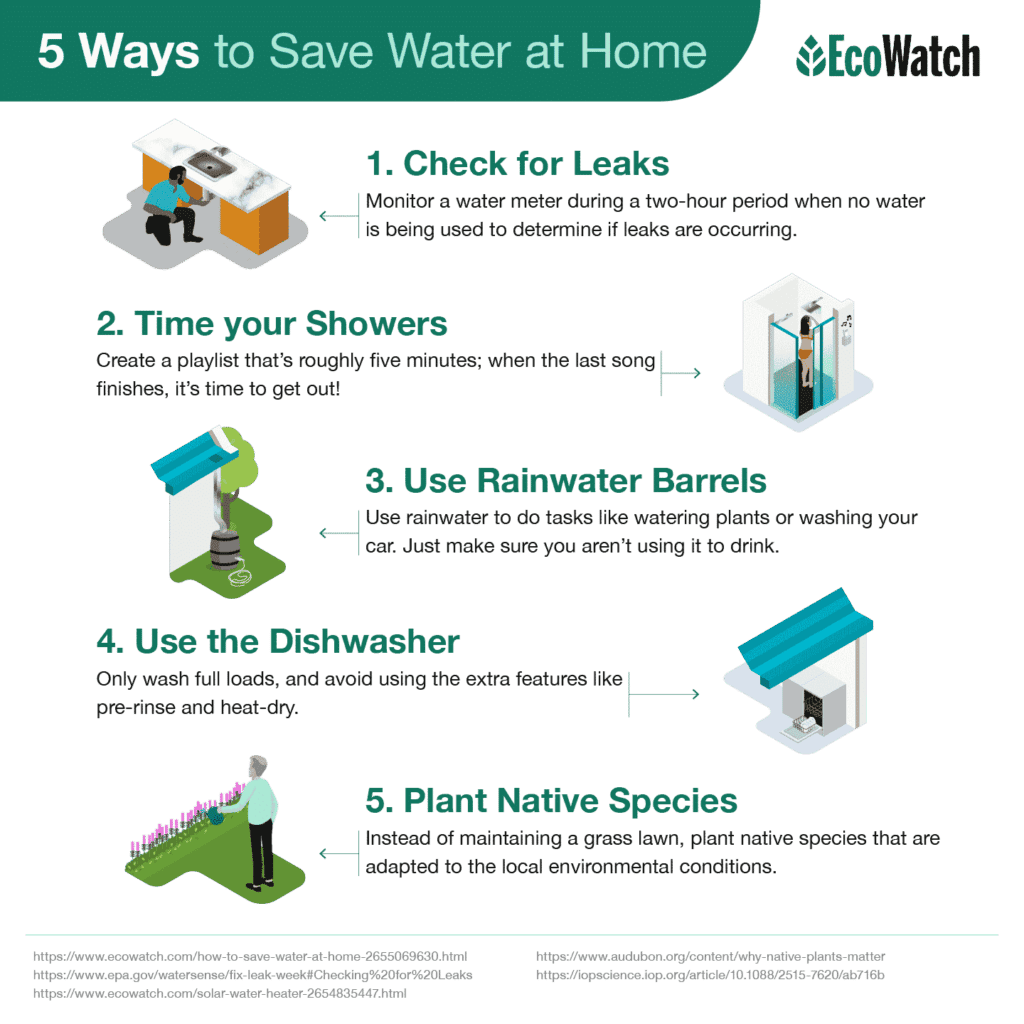
This image is property of cdn-fhofj.nitrocdn.com.
3. Efficient Water Usage in the Kitchen
The kitchen is one of the areas in the home where water usage can be optimized with the use of water-efficient appliances and practices.
3.1 Upgrading to a water-saving dishwasher
Upgrading to a water-saving dishwasher can make a significant impact on reducing water consumption in the kitchen. Look for dishwashers that have a high Energy Star rating and features such as soil sensors, which adjust water usage based on how dirty the dishes are. Additionally, choose models with efficient spray arms and water distribution systems to maximize cleaning power while minimizing water usage.
3.2 Installing a low-flow faucet
Installing a low-flow faucet in your kitchen can help conserve water during everyday tasks such as washing dishes and preparing food. Low-flow faucets restrict the flow rate of water without compromising performance, allowing you to save water without sacrificing functionality.
3.3 Utilizing a water-efficient refrigerator
While refrigerators may not consume a significant amount of water directly, opting for water-efficient models can contribute to overall water conservation efforts. Look for refrigerators that are designed with water-saving features such as automatic defrost systems, which reduce the need for manual defrosting and minimize water usage.
3.4 Benefits of composting and disposal methods
Another way to conserve water in the kitchen is by implementing composting and proper disposal methods. Instead of using a garbage disposal unit, consider composting food waste, which reduces the need for water-intensive waste management systems. Composting not only saves water but also promotes sustainability by transforming organic waste into nutrient-rich compost for gardening or landscaping purposes.
4. Conserving Water in the Bathroom
The bathroom is another area where significant water savings can be achieved through the use of eco-friendly appliances and water-saving practices.
4.1 Upgrading to low-flow showerheads
Upgrading your showerheads to low-flow models can drastically reduce water usage during showers. Low-flow showerheads restrict water flow while maintaining adequate water pressure, allowing you to enjoy a refreshing shower while conserving water. Look for showerheads that have an EPA WaterSense label, as these are tested and certified for water efficiency.
4.2 Installing a dual flush toilet
Traditional toilets can be a major source of water wastage, especially if they are old or inefficient. Installing a dual flush toilet can help minimize water usage by providing two flush options – one for liquid waste and another for solid waste. This flexibility allows for water savings by using the appropriate flush volume for each type of waste.
4.3 Using water-efficient faucets
In addition to low-flow showerheads, consider installing water-efficient faucets in your bathroom. Water-efficient faucets are designed to reduce water flow without compromising performance, allowing you to conserve water during activities such as handwashing and brushing teeth.
4.4 Water-saving tips during daily routines
Simple changes in daily routines can also contribute to water conservation in the bathroom. For example, turning off the faucet while brushing your teeth or shaving can save a significant amount of water over time. Additionally, taking shorter showers and not letting the tap run continuously while lathering or shampooing can further reduce water consumption.
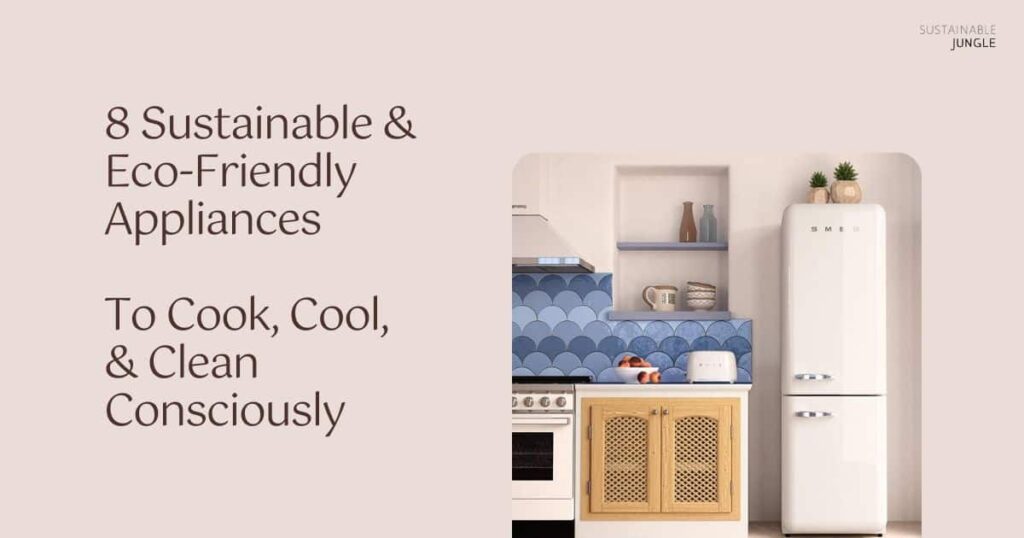
This image is property of www.sustainablejungle.com.
5. Reduction of Water Usage in Laundry
Laundry is another household activity that requires a considerable amount of water. By adopting water-saving practices and investing in eco-friendly appliances, you can reduce water consumption in this area.
5.1 Investing in a water-saving washing machine
Investing in a water-saving washing machine is a practical step towards reducing water usage in laundry. Look for washing machines with high Energy Star ratings and features such as load sensing technology, which adjusts water levels based on the size of each load. Front-loading washers are also generally more water-efficient than top-loading models.
5.2 Adjusting load sizes and water levels
To optimize water usage, adjust load sizes and water levels when using your washing machine. Avoid washing small loads with a high water level setting and consider waiting for a full load before running the machine. By doing so, you can eliminate unnecessary water waste and save both water and energy.
5.3 Utilizing eco-friendly laundry detergents
Using eco-friendly laundry detergents can help reduce water pollution and promote sustainable laundry practices. Conventional laundry detergents often contain harsh chemicals that can contaminate water sources. By choosing biodegradable and phosphate-free laundry detergents, you can minimize the environmental impact of your laundry routine.
5.4 Implementing proper maintenance
Regular maintenance of your washing machine can also contribute to water conservation. Clean the machine’s filters regularly to ensure optimal water flow and efficiency. Additionally, check for and repair any leaks promptly to prevent water wastage.
6. Smart Irrigation Systems for Outdoor Water Conservation
Outdoor water usage, particularly for landscaping and gardening purposes, represents a significant portion of household water consumption. Implementing smart irrigation systems can help minimize water waste while maintaining healthy outdoor spaces.
6.1 Understanding the impact of outdoor water usage
Before exploring smart irrigation systems, it is crucial to understand the impact of outdoor water usage. Overwatering plants and lawns not only wastes water but can also lead to nutrient leaching, plant diseases, and increased maintenance requirements. Smart irrigation systems offer a solution to these challenges by providing precise and targeted watering that meets the specific needs of each plant or area.
6.2 Benefits of smart irrigation systems
Smart irrigation systems offer numerous benefits for outdoor water conservation. These systems utilize advanced technologies such as soil moisture sensors, weather data integration, and programmable timers to optimize watering. By adjusting watering schedules based on real-time conditions, smart irrigation systems can prevent overwatering and ensure that plants receive just the right amount of water they need to thrive.
6.3 Types of smart irrigation systems
There are various types of smart irrigation systems available, each catering to different needs and preferences. Some systems operate through Wi-Fi connectivity, allowing remote control and monitoring through smartphone apps. Others utilize rain sensors to detect rainfall and automatically adjust watering schedules accordingly. Some advanced systems even use real-time weather data and soil moisture sensors to ensure precise watering and minimize water waste.
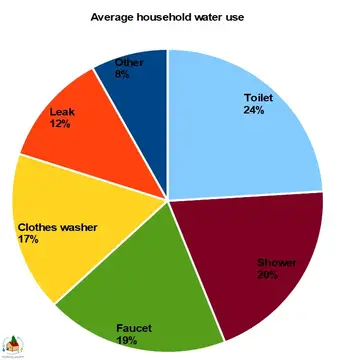
This image is property of ecolivingexpert.com.
7. Rainwater Harvesting as a Sustainable Strategy
Rainwater harvesting is a sustainable strategy that involves the collection and storage of rainwater for later use. This practice helps minimize reliance on freshwater sources and reduces the strain on municipal water supply systems.
7.1 How rainwater harvesting works
Rainwater harvesting systems typically involve the collection of rainwater from rooftops or other surfaces, which is then channeled to storage tanks or barrels. This water can be used for various non-potable purposes, such as watering plants, cleaning outdoor spaces, and even flushing toilets with proper filtration and treatment.
7.2 Utilizing rain barrels or cisterns
The simplest form of rainwater harvesting is the use of rain barrels or cisterns to collect rainwater. These containers can be placed under downspouts or gutters to capture rainwater runoff. Rain barrels often come with a spigot or hose attachment for easy access to stored water.
7.3 Benefits of rainwater harvesting
Rainwater harvesting offers several benefits. It helps conserve freshwater resources, reduces stormwater runoff, and provides an alternative water source for outdoor activities such as gardening and car washing. It also promotes self-sufficiency and resilience, particularly in areas prone to water scarcity or drought.
7.4 Maintenance and filtration considerations
Proper maintenance and filtration are crucial for ensuring the quality of harvested rainwater. Regular cleaning of collection surfaces and gutters can prevent the accumulation of debris and contaminants. Additionally, installing filtration systems or using appropriate treatment methods can ensure that harvested rainwater is safe for its intended uses.
8. Monitoring and Controlling Water Usage
Monitoring and controlling water usage is an effective way to raise awareness, identify inefficiencies, and promote more sustainable water habits in your household.
8.1 Using water consumption tracking devices
Water consumption tracking devices can provide real-time data on your water usage, allowing you to monitor your water consumption patterns and identify areas for improvement. These devices can be installed on faucets, showers, toilets, and other water outlets to measure water flow accurately.
8.2 Smart water meters and leak detection systems
Smart water meters and leak detection systems are advanced tools that can help identify leaks and monitor overall water usage in your home. These devices provide detailed insights into water consumption and can alert you to any abnormal usage patterns or potential leaks. By promptly addressing leaks, you can prevent unnecessary wastage and reduce water bills.
8.3 Apps for monitoring and controlling water usage
Mobile apps can be valuable tools for monitoring and controlling water usage. These apps often work in conjunction with smart water meters or consumption tracking devices, allowing you to view water usage data and set customized alerts for excessive usage. Some apps even provide water-saving tips and suggestions to further promote efficient water usage.
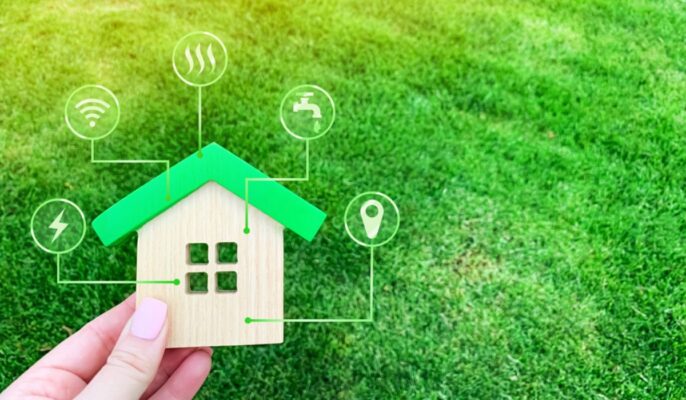
This image is property of assets-news.housing.com.
9. Educational Initiatives for Water Conservation
Raising awareness and educating others about the importance of water conservation is crucial for promoting sustainable water practices. Implementing educational initiatives can help inspire individuals and communities to take action towards reducing water usage.
9.1 Importance of raising awareness
Raising awareness about water conservation is essential to foster a sense of responsibility and empower individuals to make conscious choices regarding water usage. By highlighting the importance of water conservation and the impact of excessive water usage, educational initiatives can encourage positive behavior change and motivate individuals to adopt water-saving practices.
9.2 Implementing water-saving campaigns
Water-saving campaigns are effective ways to engage the community and promote water conservation. These campaigns can involve a variety of activities, such as workshops, seminars, and public awareness events. Partnering with local organizations, schools, and community leaders can help maximize the reach and impact of these campaigns.
9.3 Collaborating with community organizations
Collaborating with community organizations, such as environmental groups or water management agencies, can amplify educational efforts and facilitate community-wide water conservation initiatives. By working together, these organizations can pool resources, share knowledge, and implement community-specific strategies to promote sustainable water practices.
10. Incentives and Rebates for Eco-Friendly Appliances
Governments and utility companies often offer incentives and rebates to encourage the adoption of eco-friendly appliances. These programs can help offset the initial cost of purchasing water-efficient appliances and make environmentally friendly choices more accessible.
10.1 Government programs and tax incentives
Many governments have established programs and tax incentives to promote the purchase and use of energy-efficient and water-saving appliances. These incentives can include tax credits, subsidies, or rebates when buying qualifying appliances. Research local programs and take advantage of these incentives to make eco-friendly appliances more affordable.
10.2 Utility company rebates
Utility companies may also provide rebates or financial incentives for customers who choose to upgrade to water-efficient appliances. These rebates can help offset the cost of purchasing energy-efficient models, making them more financially viable for households. Check with your utility company to see if any rebates or incentives are available in your area.
10.3 Manufacturer promotions
Appliance manufacturers often run promotions or discounts on eco-friendly appliances to encourage their adoption. Keep an eye out for special offers, seasonal sales, or manufacturer promotions that can make these appliances more affordable. Additionally, consider purchasing appliances during annual sales events, such as Earth Day or Energy Star promotional periods, to take advantage of discounted pricing.
By implementing these strategies and adopting eco-friendly appliances, you can significantly reduce water usage, lower energy consumption, and contribute to a more sustainable future. Remember, every small change makes a difference, and together, we can make a positive impact on water conservation. Happy water-saving!





